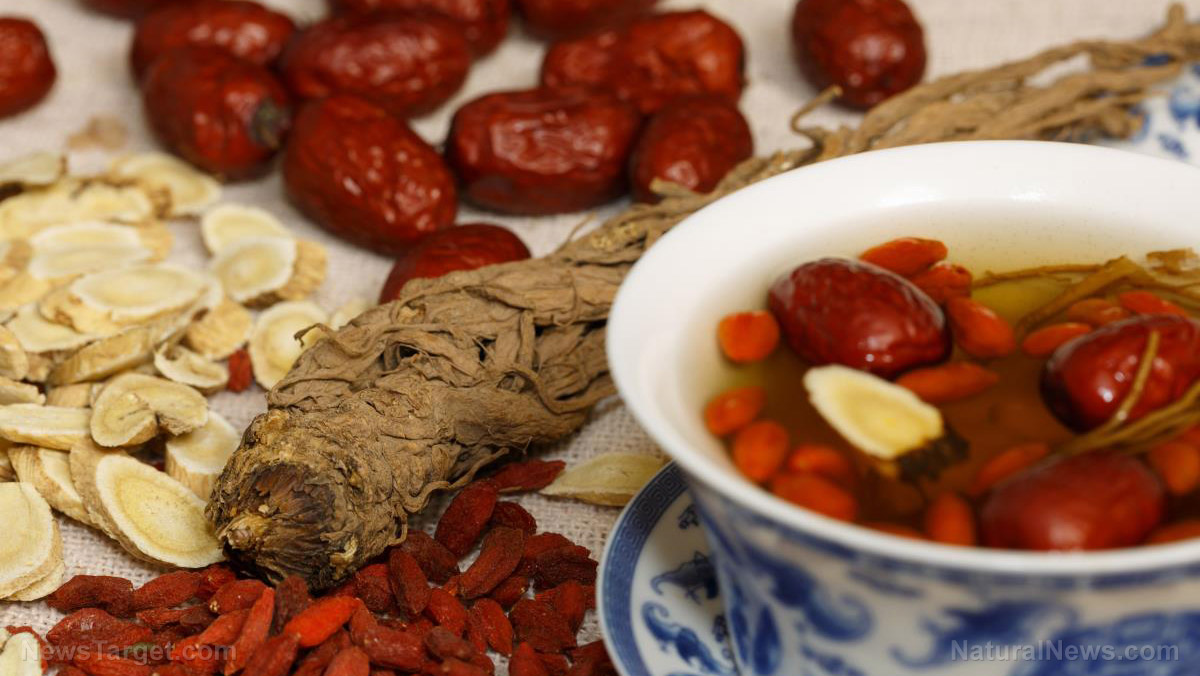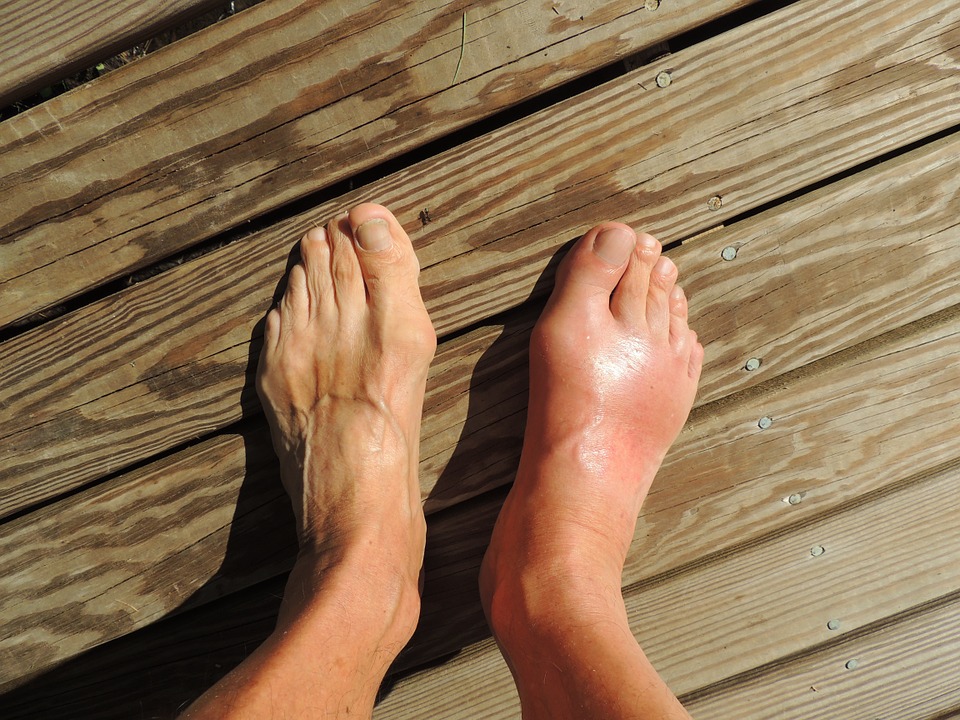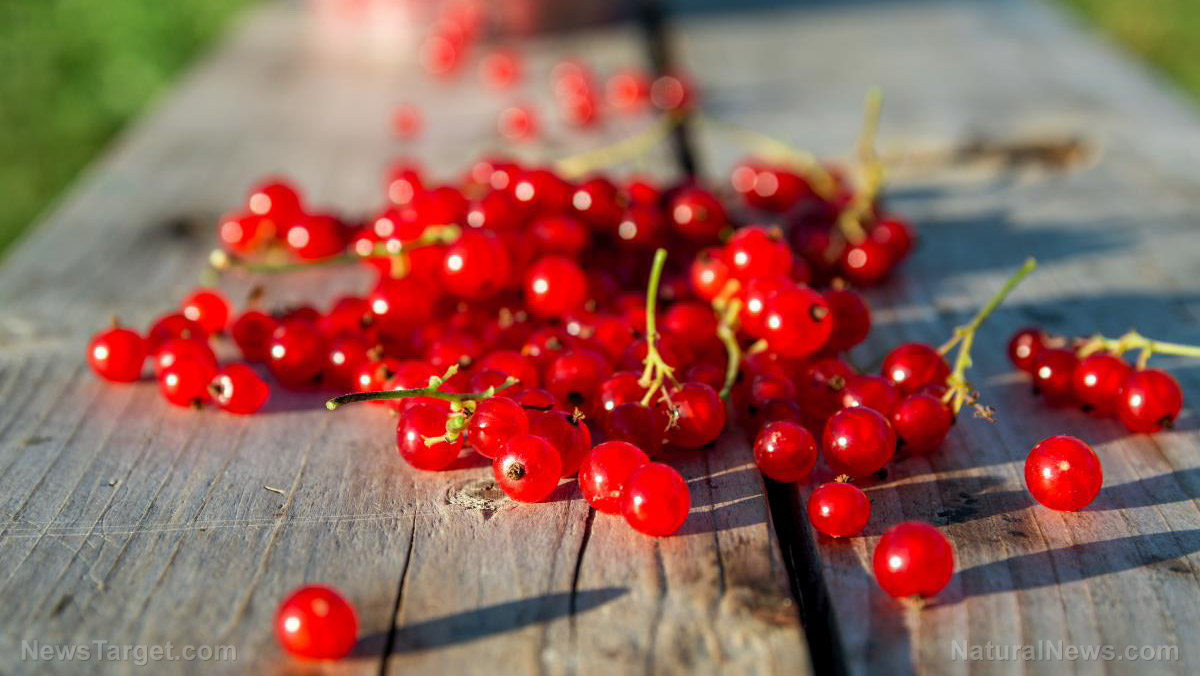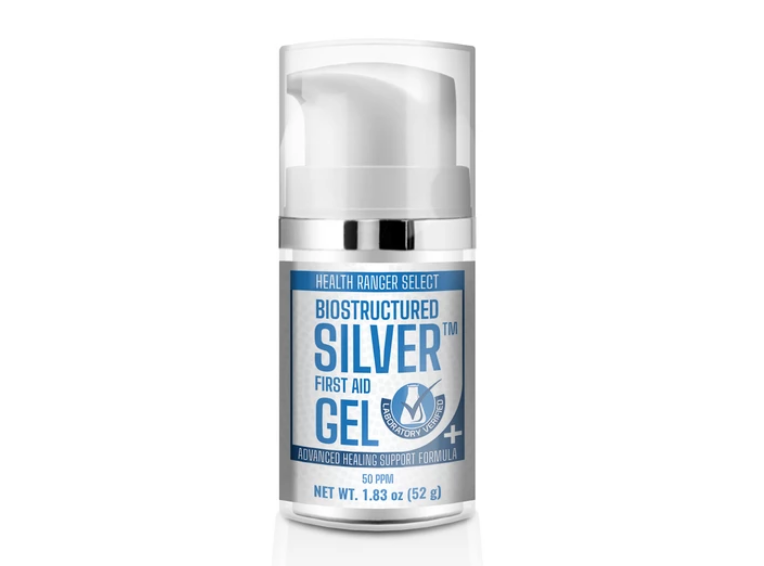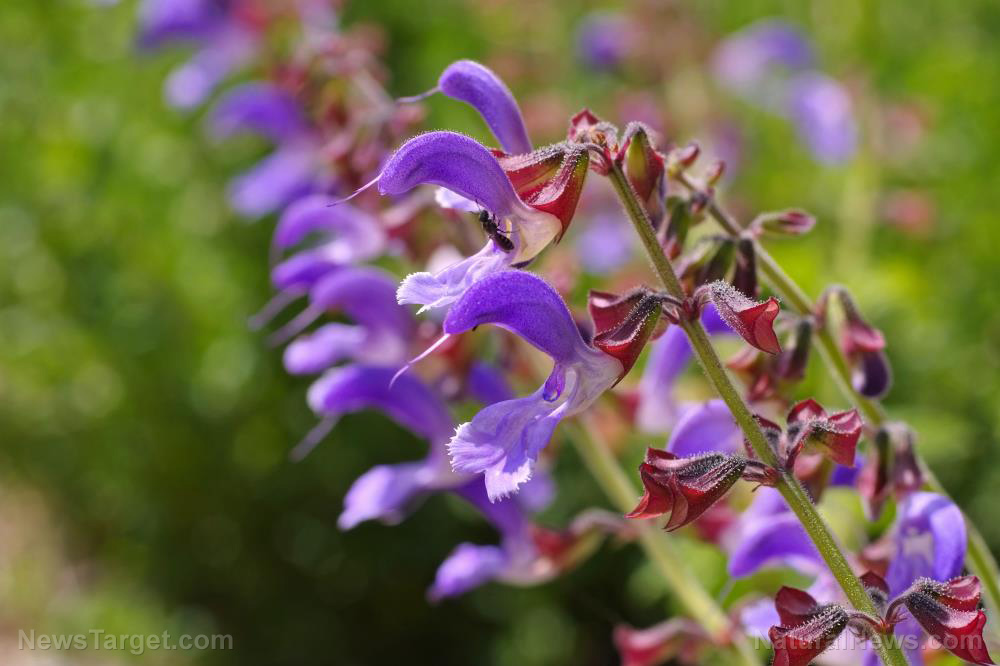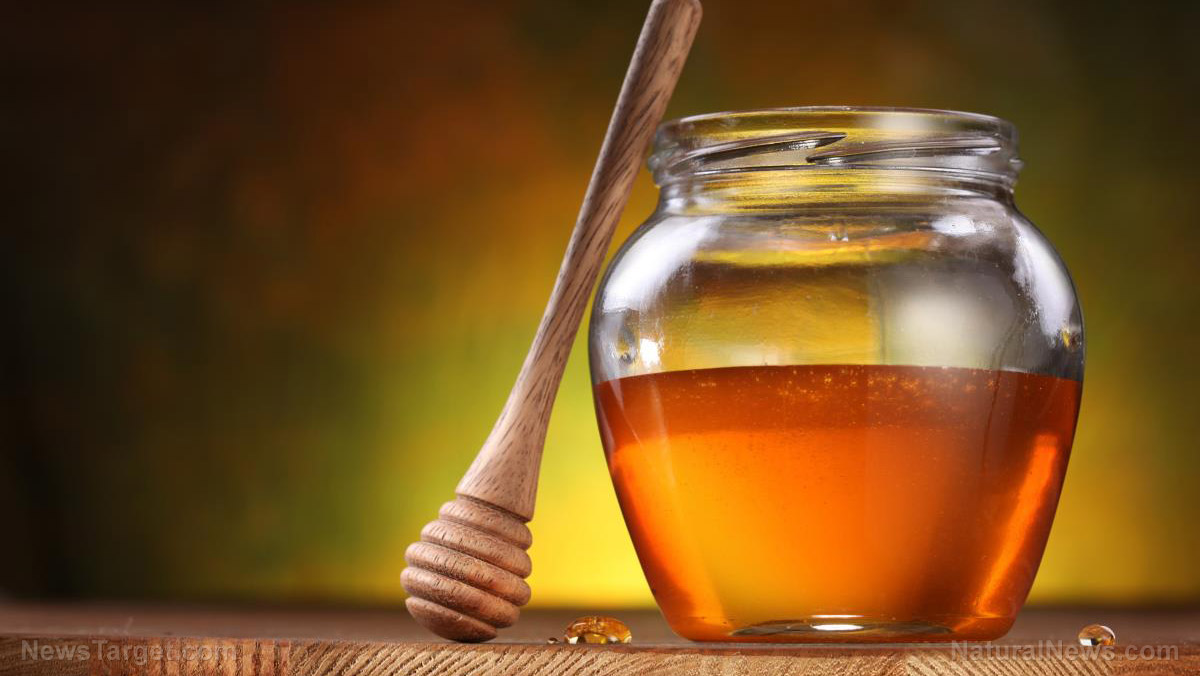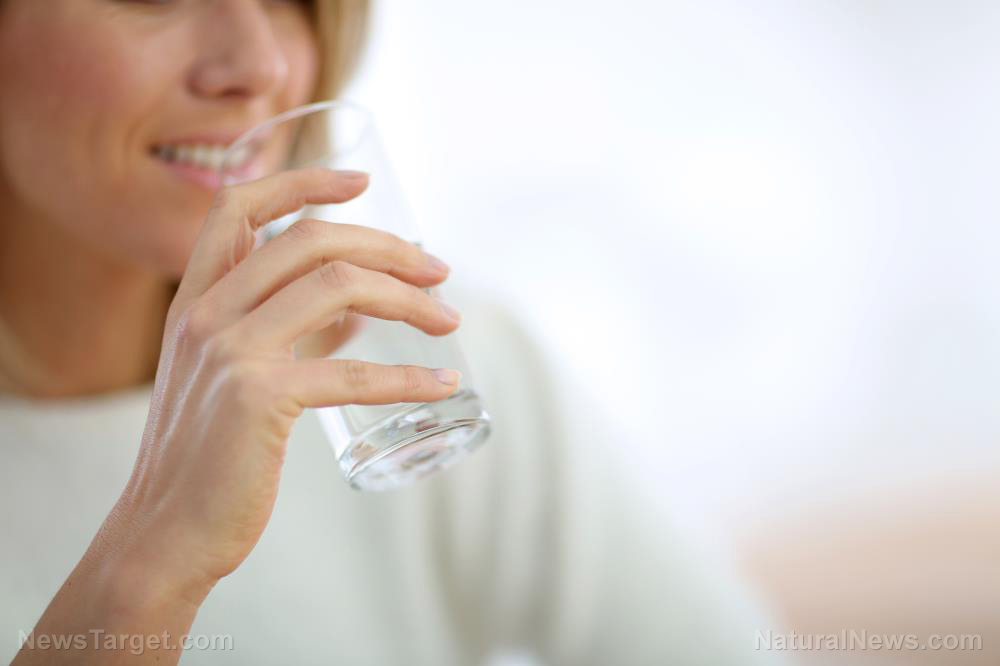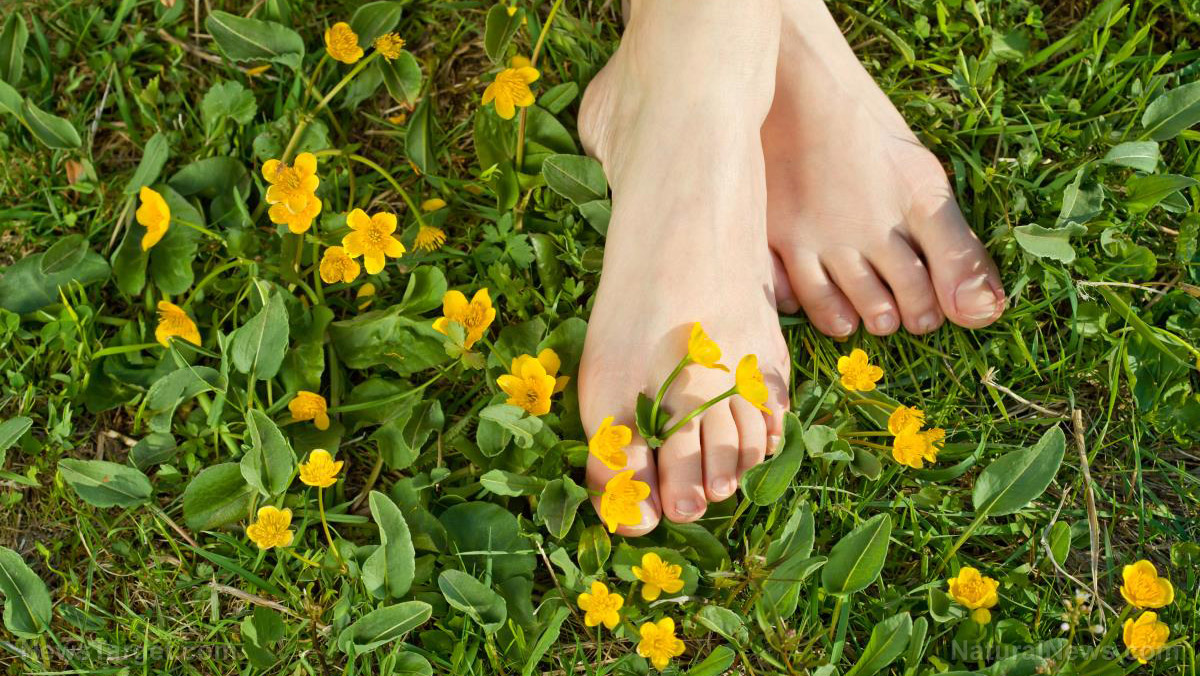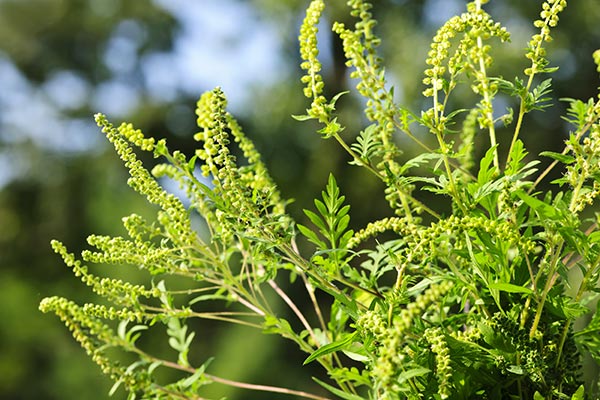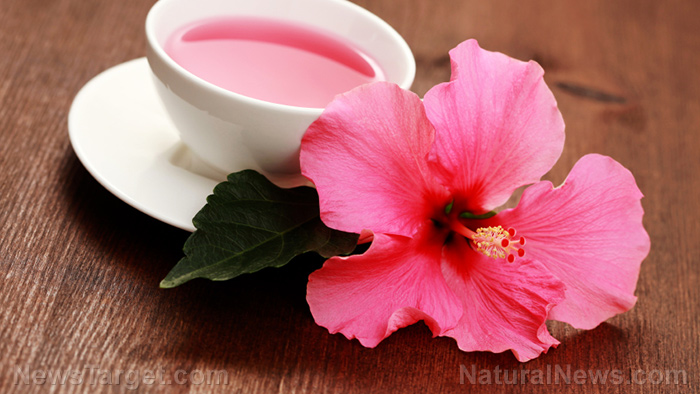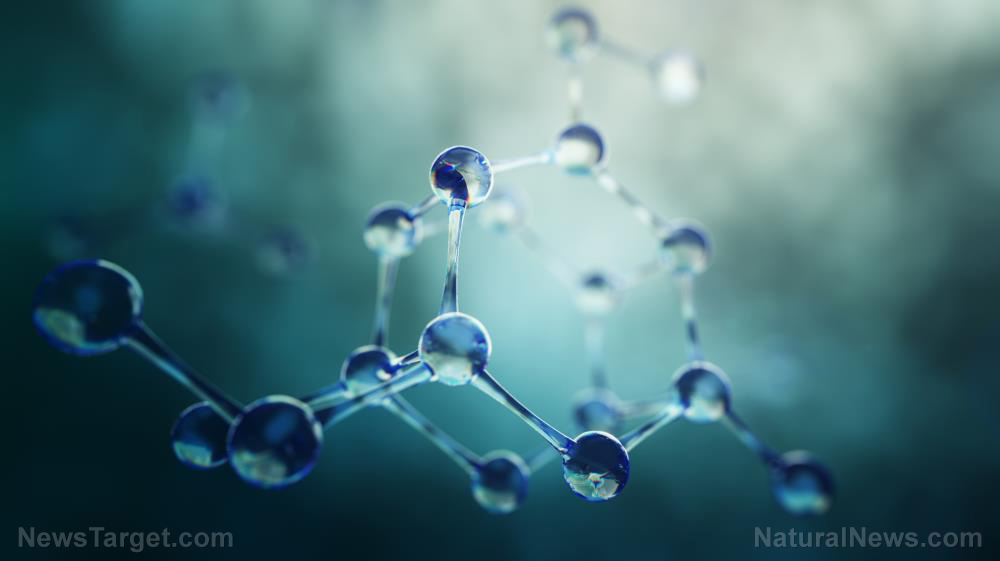Tired of the meds? Lower your blood pressure naturally with these 14 foods
11/29/2019 / By Melissa Smith
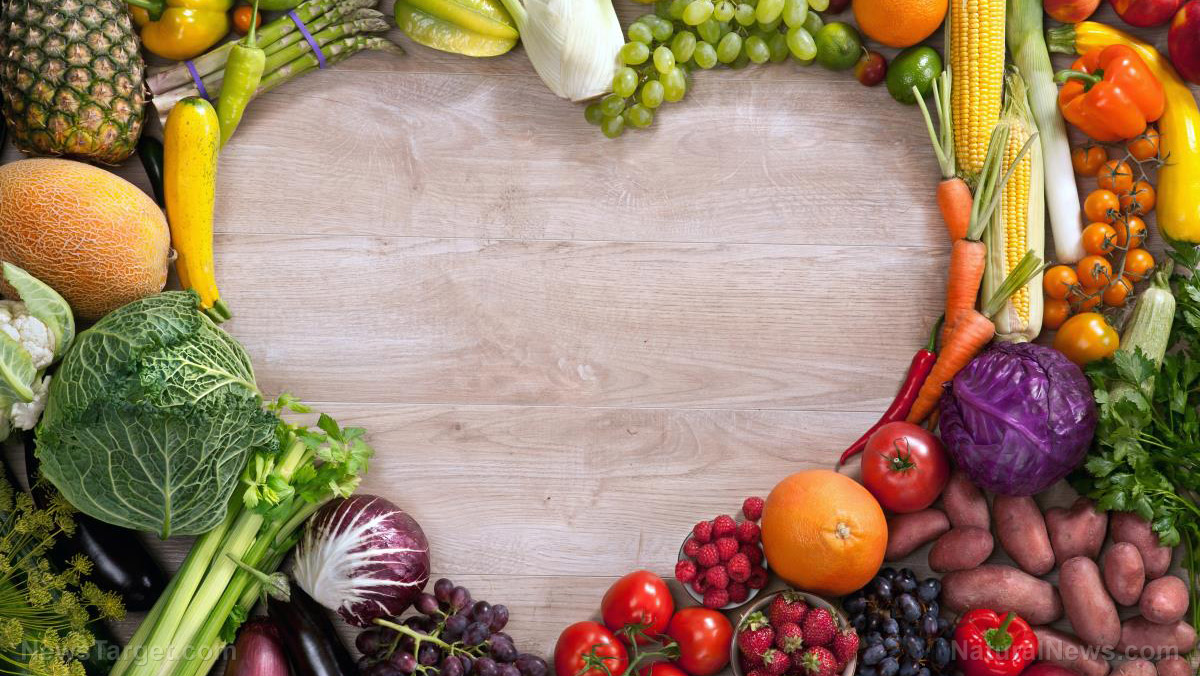
High blood pressure (hypertension) is a condition that can quietly and gradually damage your body, so it’s best to treat it as soon as possible. Fortunately, you don’t need any drugs to reduce hypertension – there are foods that you can eat to naturally lower blood pressure without the fear of adverse side effects commonly associated with pharmaceutical medications.
- Leafy greens – Leafy greens like arugula, beet greens, spinach, and turnip greens contain potassium, a nutrient that naturally lowers blood pressure by balancing electrolytes in the body and helping the kidneys eliminate excess sodium. They also contain magnesium, which help reduce blood pressure by dilating blood vessels. Some leafy greens, such as arugula and spinach, are also particularly rich in nitrate, which dilates the arteries, helping to lower blood pressure.
- Squashes – Acorn squash and other winter squashes, as well as sweet potatoes and yams, and are a great addition to your diet for regulating blood pressure, as they contain high amounts of potassium. Since these vegetables are starchy, stick to eating about one cup a day and use them as substitutes to other high-carb foods like processed grains, sweets, or pastries.
- Berries – Berries, such as strawberries and blueberries, are loaded with polyphenols and vitamin C, which both help fight inflammation in the arteries. Consuming two servings of berries every day for eight weeks can lower the blood pressure of people who have mild hypertension. Eat berries on their own as snacks or add them in smoothies and salads.
- Beans and lentils – Beans and lentils are also great sources of potassium and magnesium. Cooked lentils offer 731 g of potassium per cup and a cup of cooked lima, white, pinto, or kidney beans provides 700-950 g potassium. Beans contain about 120 g of magnesium per cup.
- Oats – Oats contain a special fiber called beta-glucan, which can lower blood pressure. However, the amount of beta-glucan in oats varies and isn’t listed on nutrition labels. As a rule of thumb, higher fiber content generally means more beta-glucan. If your current diet is low in fiber, start increasing your oat intake gradually. Oat fiber may increase the frequency of bowel movement or cause stomach upset because it is fermented by your gut bacteria.
- Beetroot juice – In addition to potassium and magnesium, beetroot juice contains nitrate, which dilates blood vessels and lowers blood pressure. For best results, drink beetroot juice regularly.
- Salmon – Salmon is rich in omega-3 fatty acids, which help reduce blood pressure and support heart health. Salmon also contains high amounts of potassium and protein, which helps the body regenerate, repair, and maintain tissues and muscles. A study published in Circulation found that increasing protein intake may help lower systolic blood pressure by more than 2 millimeters of mercury (mmHg).
- Olive oil – Olive oil is one of the best superfoods you can add to your diet. A study published in the American Journal of Hypertension suggested that daily consumption of one ounce of polyphenols from olive oil for two months can lower systolic and diastolic blood pressure by 7.61 and 6.65 points. When buying olive oil, make sure it’s extra virgin olive oil. This is the best type of olive oil as it is extracted using natural methods and standardized for purity and certain sensory qualities such as taste and smell. Some lower quality versions of olive oil are extracted using chemicals or even diluted in cheaper oils.
- Pistachio – Eating one serving of pistachios can lower systolic blood pressure by 4.8 points, according to a study published in Hypertension.
- Flaxseeds – Flaxseeds are rich in fiber and help lower both systolic and diastolic blood pressure. It’s best to buy whole flaxseed and grind it on your own. Add it to your oatmeal or smoothie or use it in place of white flour for pancakes or muffins.
- Pomegranate juice – Drinking 5-11 oz. of pomegranate juice every day may reduce your blood pressure, according to studies.
- Garlic – A well-known superfood, garlic contains allicin, which is the compound responsible for most of its health benefits, including reducing hypertension. It’s better to eat raw garlic than cooked garlic as it contains more allicin.
- Dark chocolate – Dark chocolate is rich in polyphenols, which can lower blood pressure by two points on average. Just make sure that you eat dark chocolate that contains at least 70 percent cocoa.
- Hibiscus tea – Hibiscus tea is made from the dried flowers and stems of the hibiscus plant. This tea is used in traditional medicine to lower blood pressure. It also improves blood flow and reduces the risk of cardiovascular disease.
Learn more about natural ways to regulate your blood pressure at NaturalMedicine.news.
Sources include:
Tagged Under: alternative medicine, cardiovascular health, Cures, food cures, food is medicine, Fresh, fruits, functional food, grocery cures, high blood pressure, hypertension, natural cures, natural health, natural medicine, natural remedies, organics, remedies, vegetables
RECENT NEWS & ARTICLES
COPYRIGHT © 2017 CURES NEWS


